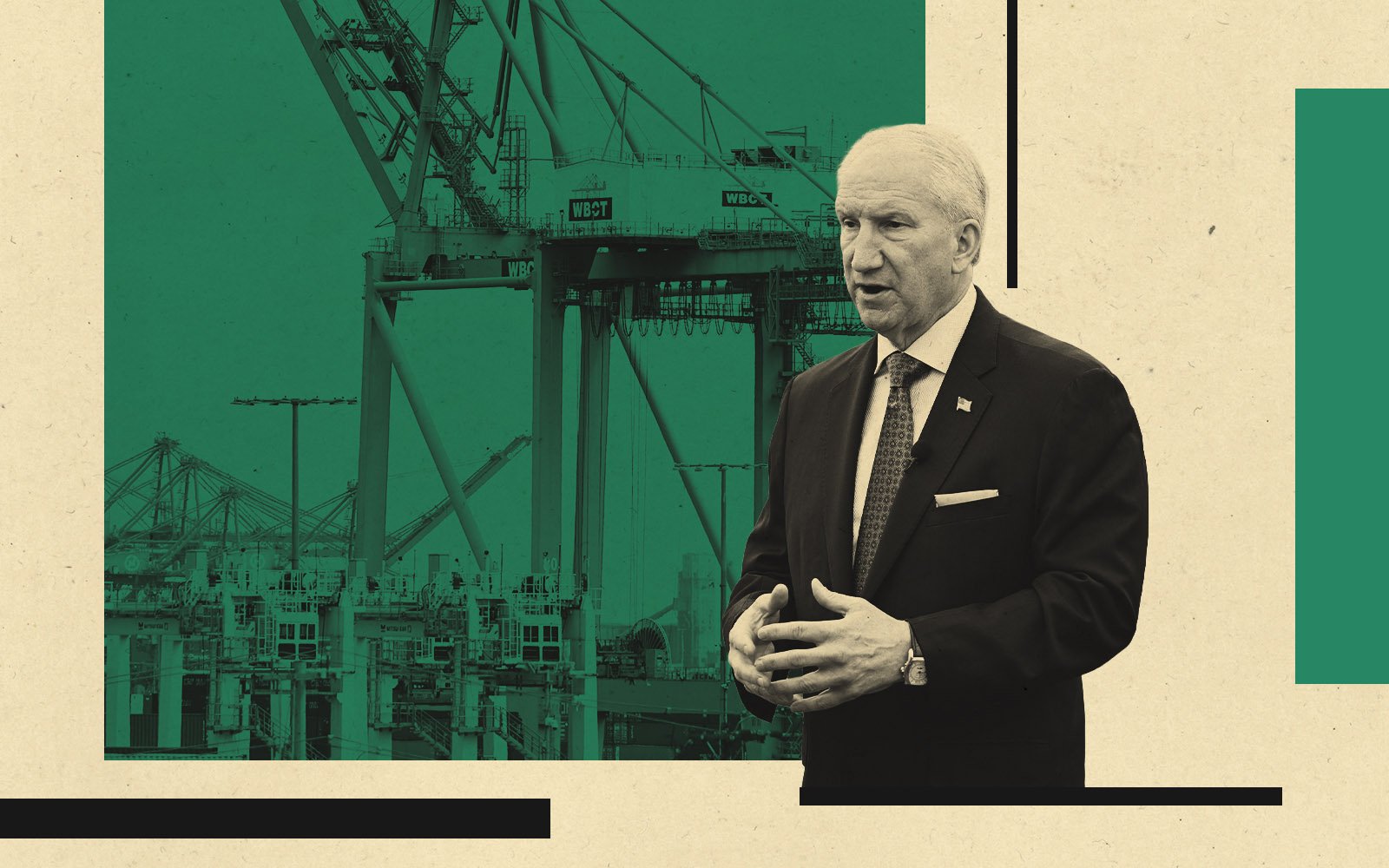Port of Los Angeles Plans Major Terminal Expansion to Boost Trade
The Port of Los Angeles announces its first major expansion in decades with plans for a new marine container terminal, following record-breaking cargo volumes and growing trade demands.

Aerial view of the Port of Los Angeles with proposed Pier 500 expansion site
In a significant development for global trade infrastructure, the Port of Los Angeles is embarking on its first major expansion in decades with plans for a new marine container terminal. This strategic move, similar to other major infrastructure development projects across the maritime sector, aims to enhance cargo efficiency and economic growth.
Strategic Expansion Plans
The proposed Pier 500 project will create a 200-acre site along the port's Pier 400 Channel, bringing two new berths and approximately 3,000 feet of new wharf space to Terminal Island. The development will utilize 124 acres of existing submerged infrastructure, demonstrating efficient use of resources in major development initiatives.
Record-Breaking Performance
The expansion announcement follows the Port's most successful month on record in July, processing over 1 million twenty-foot equivalent units (TEUs) - an 8.5% increase from the previous year. This growth has been partially driven by retailers and manufacturers frontloading cargo in anticipation of potential tariff increases.
"For the first time in a generation, the Port of Los Angeles plans to build a new container terminal to meet global supply chain demand for decades into the future," stated Gene Seroka, executive director of the Port of Los Angeles.
Development Timeline and Implementation
The project is expected to span approximately 10 years from pre-development to operation. Following the selection of a developer through the RFP process, the port will establish a public-private pre-development agreement to determine financial feasibility and secure necessary entitlements.
Economic Impact
This expansion reinforces Southern California's position as a crucial logistics hub, similar to how strategic maritime developments impact regional economic growth. The new terminal will accommodate larger cargo ships, enhancing the port's competitive position in global trade.
Adrian Singh
Business reporter focused on economic freedom, foreign investment, and institutional transparency.
